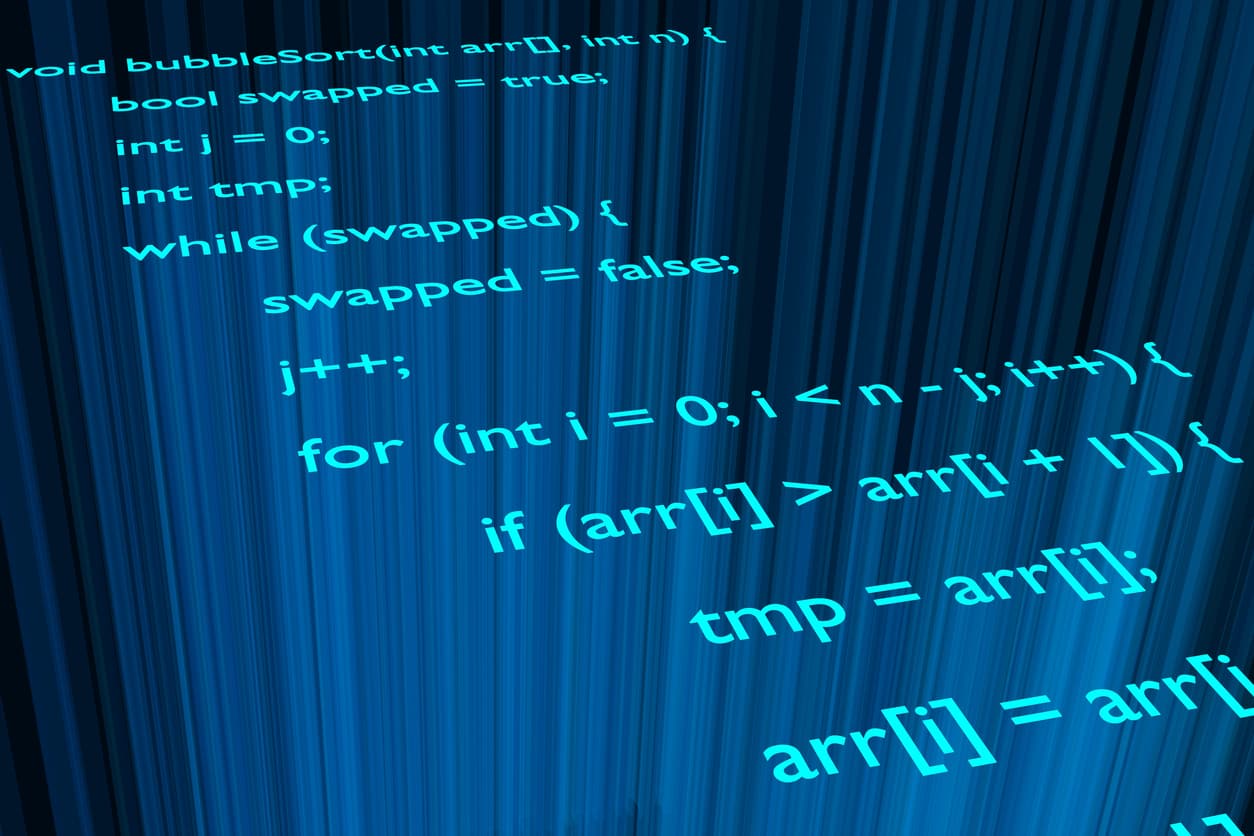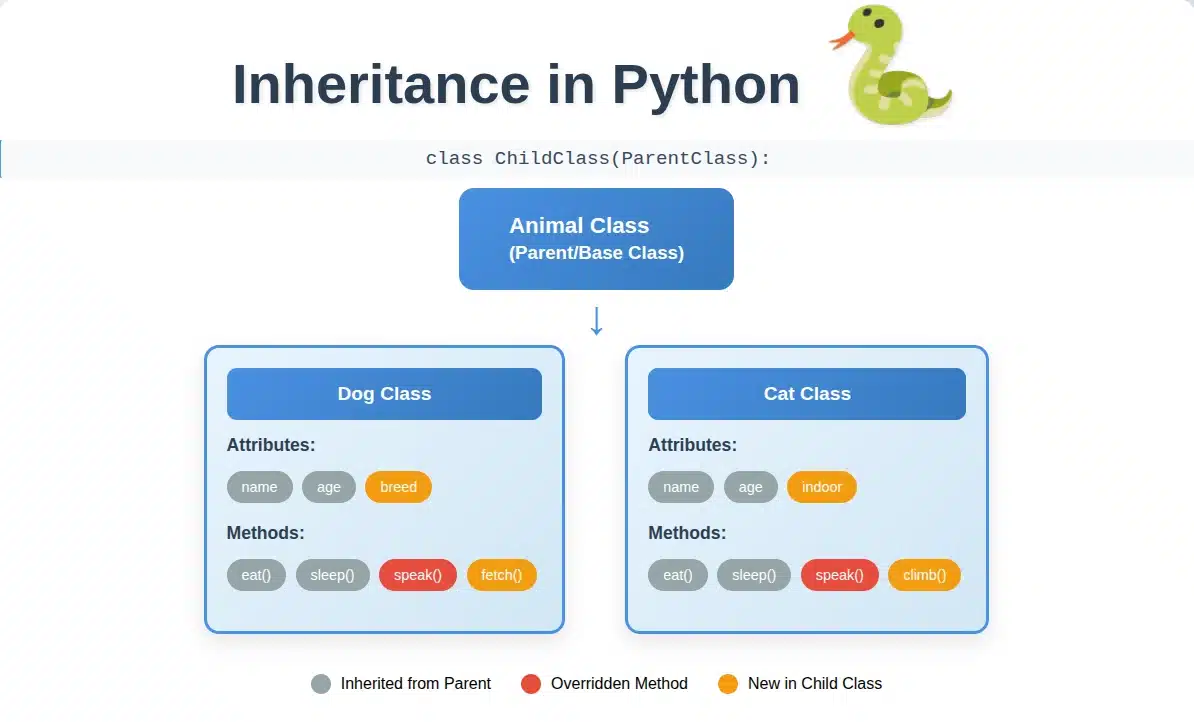- Introduction to Data Hiding
- Data Abstraction
- Data Encapsulation
- Difference between Data Hiding and Data Encapsulation
- Access Specifiers
- Applications of Data Hiding
- Benefits of Data Hiding
- Disadvantages of Data Hiding
- Final Thoughts
Introduction to Data Hiding in C++
Data is the most sensitive and volatile component of a program, and if it is tampered with, it can provide inaccurate results and compromise data integrity. This is where data concealment comes in handy. Data hiding, often known as information hiding in technical language, is an intrinsic object-oriented programming mechanism (OOP) that hides internal object characteristics from the end-user.
The goal of data hiding is to protect data within a class from unwanted access and to prevent unneeded intrusion from outside the class. Data hiding in C++ ensures controlled data access, ensuring object integrity and preventing unintentional or intended changes to the program.
Simply put, data hiding in C++ is the process of hiding elements of a program's code from object members. The application will return an error if an object member tries to access concealed data. This is a safety feature that prevents the programmer from connecting to data that has been buried because it is incorrect. Internal components that have no anticipated use on the user's end are frequently buried.
Data hiding in C++ is associated with two other OOP properties: abstraction and encapsulation.
Master key C++ programming concepts like variables, functions, OOP, and control structures. Build real-world projects such as a banking system and grade management tool.
Data Abstraction
Data abstraction is a technique for showing the end-user only the necessary program interface while hiding the more complicated implementation details. For a better understanding, let's look at a real-life example. Take a look at your television. You can turn on and off the television, change the channel, adjust the level, and connect external devices like VCRs, DVD players, and speakers. However, you are unaware of the television's internal processes.
You have no idea how it receives signals, interprets them, and presents the results. As a result, television is an excellent example of the distinction between internal and external implementation. Data abstraction protects class implementation from unintended errors and allows it to develop in response to changing requirements or bug reports without requiring user intervention.
Data Encapsulation
Data encapsulation is the process of grouping data and related functions into a single unit known as a class. Simply put, you can hide sensitive information and limit access to the internal state of a thing if you have an invisible attribute from the outside of an object and bundle it with methods that enable read or write access to it.
As a result, it's up to you to decide whether an attribute can be read and updated, read-only, or not visible at all, depending on the methods you choose.
Difference between Data Hiding and Data Encapsulation
As both concepts work together to achieve a common goal—the auxiliary gatekeeper of sensitive information—data hiding and data encapsulation are frequently used interchangeably when discussing OOP. Although data encapsulation and data concealing are functionally similar, they are physically distinct since they operate at different levels.
Although they are closely linked, there is a significant distinction between data concealing and data encapsulation:
- The key difference between data hiding in C++ and encapsulation is that the former is concerned with improving data security in the program, whilst the latter is concerned with hiding the program's complexity.
- Data encapsulation focuses on how data is accessed and how various objects behave, whereas data hiding focuses on the accessibility of an object member within a class. Information hiding, not only information concealment, is the most common method of encapsulation. This means that the programmer conceals the structure of the object member as well as the implementation of all its methods.
- Data encapsulation focuses on wrapping (or encapsulating) complex data to give a simplified perspective to the user, whereas data hiding focuses on restricting data use in a program to ensure data security.
- Data must be designated as private only in order to be hidden. The data in data encapsulation might be public or private.
- Data encapsulation is a sub-process of data hiding, which is both a process and a strategy in and of itself.
Example: With the help of an example, we can better understand data hiding in C++. Assume we've created an Account class with a balance data member. The account balance is sensitive information in this case. We may allow someone to check the balance of an account, but we will not allow them to change the balance attribute. We can restrict access to balance from an outside application by declaring the balance attribute private.
Let's talk about access specifiers now to better understand data hiding. The member's functions and variables can be accessed from outside the class using access specifiers.
Access Specifiers
The introduction of user-defined types, known as classes, in C++ allows for data hiding, as well as data abstraction and encapsulation. Access specifiers are keywords that describe the scope of members of this newly constructed class. Within a category, there are typically three sorts of protection or access specifiers: private, protected, and public, which is used to build the class's encapsulation capabilities.
Outside of the class, access specifiers help describe how variables and functions of a type can be accessed. The data within a class is usually private to prevent accidental tampering, and the class's operations are usually public. Accessibility within a rank, on the other hand, is unrestricted.
Private variables/functions: Only members who are defined as part of the class have access to it.
Public variables/functions: Is accessible from anywhere in the program.
Protected variables/functions: Within a class, they're private, and only the derived class can access them remotely.
Example:
There is a class with a variable and two functions in this example. The variable "num" is private in this case, which means it can only be accessed by members of the same class and not by anybody else. As a result, it is impossible to access this variable outside of the class, a phenomenon known as data hiding.
#include<iostream>
using namespace std;
class Results{
int num; //by default private
public:
void InData();
void OutData();
};
void Results :: InData()
{
cout<< "Enter any Integer value" <<endl;
cin>>num;
}
void Results :: OutData()
{
cout<< "The value is " << num <<endl;
}
int main(){
Results obj;
obj.InData();
obj.OutData();
return 0;
}
Output -
Enter any integer value
3
The Value is 3
Applications of Data Hiding
Consider the following scenario to better understand data hiding. Assume you're the programmer and you've declared a class called 'CheckAccount,' in which you've created a data member called 'Balance,' which relates to a user's bank account balance.
The data member ‘Balance' in this case contains sensitive information. Although you may allow an outside application to read this sensitive data, you will almost certainly not allow this outside application to change the properties of the data held in the member' Balance.' Data hiding, and more particularly, the usage of the private access specifier, can be used to achieve this result.
- Data concealing is frequently used on data that is unpredictably sensitive. This type of information is necessary for a program to perform efficiently and successfully. Because of unauthorized access, the ensuing data modifications are permanent and require substantial redesign on the programmer's part before they can be used again.
- Data concealment protects students from unintended overlooking. A class is frequently made up of several linked fields that must all be in good working order. Assume that a programmer has complete control over any of these fields. In that situation, you risk transforming one region while keeping critical associated fields unchanged, leaving your class in a conflicted condition.
Benefits of Data Hiding in C++
The advantages of data hiding in C++ are numerous:
- It is used to minimize data complexity and unpredictability.
- It increases the program's reusability.
- Reduces system complexity and increases robustness by reducing interdependencies between software components.
- Hides the data's physical hoarding architecture. This aids in clearly defining the interface, as well as improving reading and comprehension.
- It protects data from corruption and unauthorized access. In other words, it aids in the concealment of sensitive information, ensuring enhanced security precautions against hackers. If all internal data were made public, hackers could readily access it and make destructive alterations to the program's functionality. Because the concealed data will appear invisible to outside members of the class and, as a result, to the hacker, hiding the data makes it considerably more difficult to crack the code.
- The encapsulated classes are simple, easy to manage, and make future application development easier.
Disadvantages of Data Hiding
The sole disadvantage of data hiding in C++ is that it requires additional coding. In order to achieve the desired effect in hidden data, programmers must write longer codes.
Final Thoughts
Data obfuscation is akin to playing Russian roulette. Only one out of every six holes in Russian Roulette has a bullet. Assume the shot is a recognizable data threat. Would you be willing to take a chance on something new? Although there may be five scenarios that work in your favor, can you pinpoint the threat? No, that is not the case. All the scenarios have the same probability of suspicion and fear. Take a stand against data threats rather than succumb to uncertainty. With data hiding, go undercover.
Take the first step towards a brighter future with our diverse selection of free online courses. In today's fast-paced world, staying relevant and continuously developing your skills is essential. Whether you're interested in protecting digital assets through Cybersecurity, leading teams to success with Management expertise, harnessing the power of Cloud Computing, or creating innovative IT and Software solutions, our courses cover a wide range of in-demand domains.






